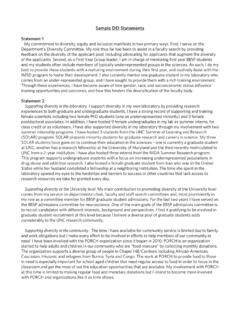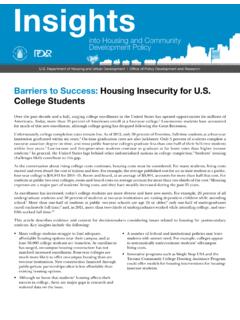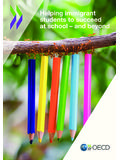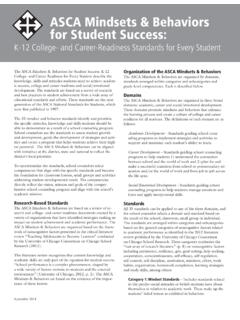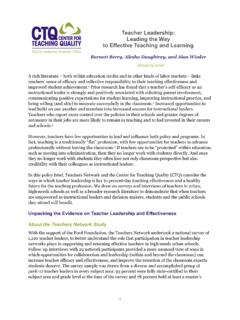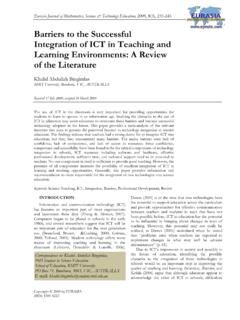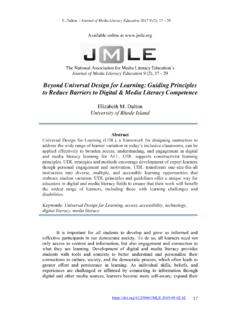The First Generation Student Barriers And
Found 10 free book(s)Breaking Down Barriers: Academic Obstacles of First ... - ed
files.eric.ed.govfirst-generation students experience significantly different academic obsta-cles in comparison to their non-first-generation peers. The central research question is as follows: What are the differences between first-generation and non-first-gen-eration students in terms of their self-perceived barriers to aca-demic success?
Sample DEI Statements - UNC School of Medicine
www.med.unc.edulaboratory opened my eyes to the hardships and barriers to success in other countries that lack access to ... graduate student recruitment at this level because I believe a diverse pool of graduate students adds ... enrichment program that targets first-generation, underrepresented minority, rural, and/or socioeconomically ...
Barriers to Success: Housing Insecurity for U.S ... - HUD USER
www.huduser.govFirst-generation students are much less likely to benefit from living on campus, however. A recent survey found that first-generation students are 20 percent less likely to plan to live on campus (53.9 percent) during their first year of college than non-first-generation students (73.4 percent). First-generation students are also 9 percent
Helping immigrant students to succeed at school – and …
www.oecd.orgstudents’ responses in 2012. In a first group, which includes the United Kingdom and the United States, first-generation immigrant students expressed a stronger sense of belonging at school than other students, while students without an immigrant background and second-generation immigrant students expressed a similar sense of belonging.
Reimagining the Role of Technology in Higher Education
tech.ed.govA Student Prospectus Today’s average student is no longer the 18-year-old whose parents drive her up to “State U” in a minivan stuffed with boxes. Instead, the “new normal” student may be a 24-year-old returning veteran, a 36-year-old single mother, a part-time student juggling work and college, or the first-generation college student.
ASCA Mindsets & Behaviors for Student Success - Nebraska
cdn.education.ne.govgeneration of the ASCA National Standards for Students, which were first published in 1997. The 35 mindset and behavior standards identify and prioritize the specific attitudes, knowledge and skills students should be able to demonstrate as a result of a school counseling program. School counselors use the standards to assess student growth
Teacher Leadership: Leading the Way to Effective Teaching ...
files.eric.ed.govretain Generation X and Y teachers suggests that opportunities, roles and allocated time for teacher leadership are critically important if public schools are to ensure a strong supply of effective teachers for the future.18 3. Teachers identify missing supports for leadership in their schools as barriers to their empowerment and effectiveness.
Barriers to the Successful Integration ... - Science education
www.ejmste.combarriers to teacher use of ICT in science classrooms. Several studies have divided the barriers into two categories: extrinsic and intrinsic barriers. However, what they meant by extrinsic and intrinsic differed. In one study, Ertmer (1999) referred to extrinsic barriers as first-order and cited access, time, support, resources and
Growth Mindsets in Math - Institute of Education Sciences
ies.ed.govWhen a student is struggling with math, a teacher with a fixed mindset may try to . comfort. the student instead of giving them strategies to succeed in math. “Plenty of people have trouble in [math] but go on to be very successful in other fields.” Rattan, Good, & Dweck (2012)
Universal Design for Learning: Guiding Principles to ... - ed
files.eric.ed.govE. Dalton / Journal of Media Literacy Education 2017 9 (2), 17 – 29 17 Available online at www.jmle.org The National Association for Media Literacy Education’s Journal of Media Literacy Education 9 (2), 17 - 29 Beyond Universal Design for Learning: Guiding Principles

